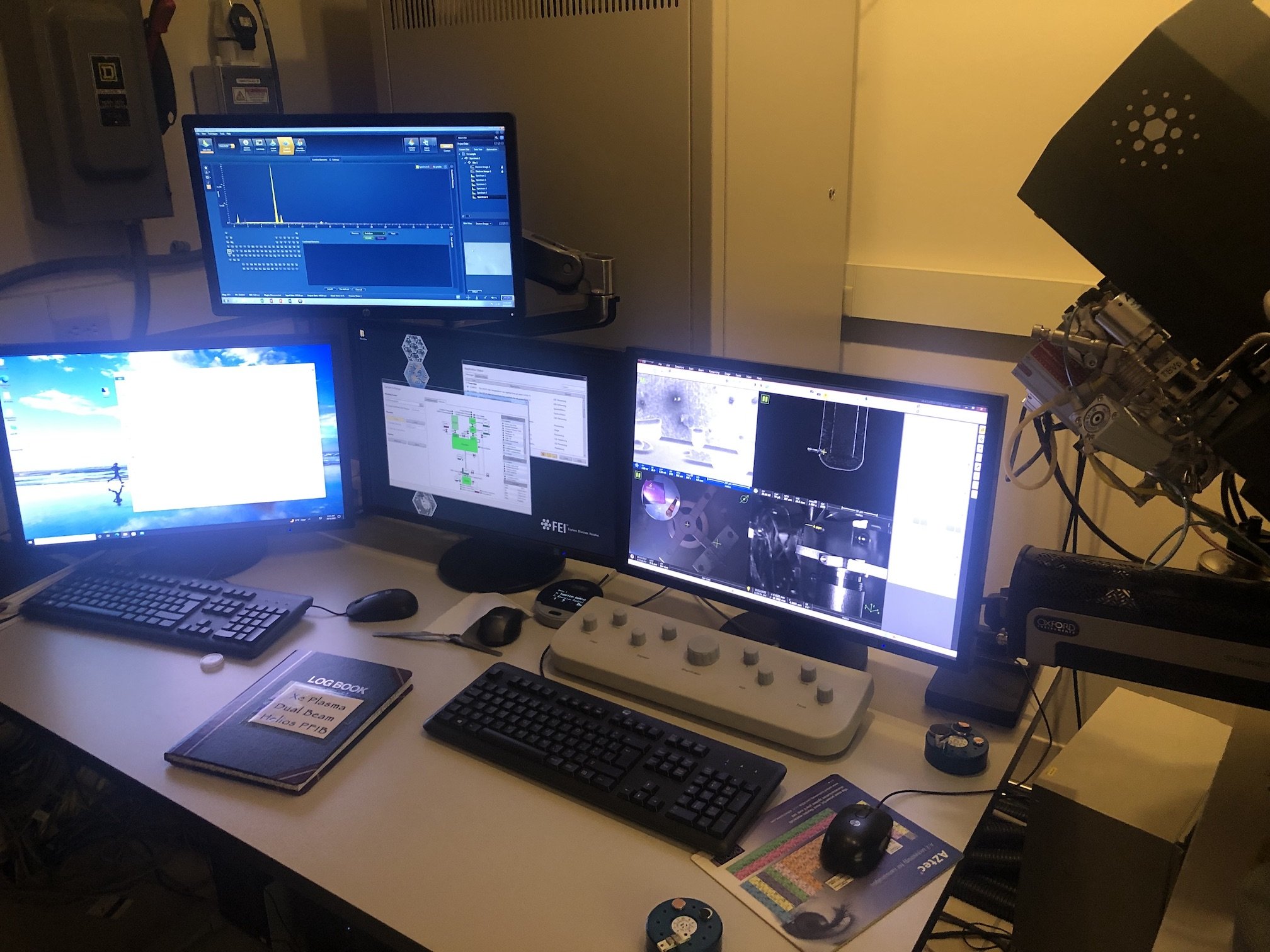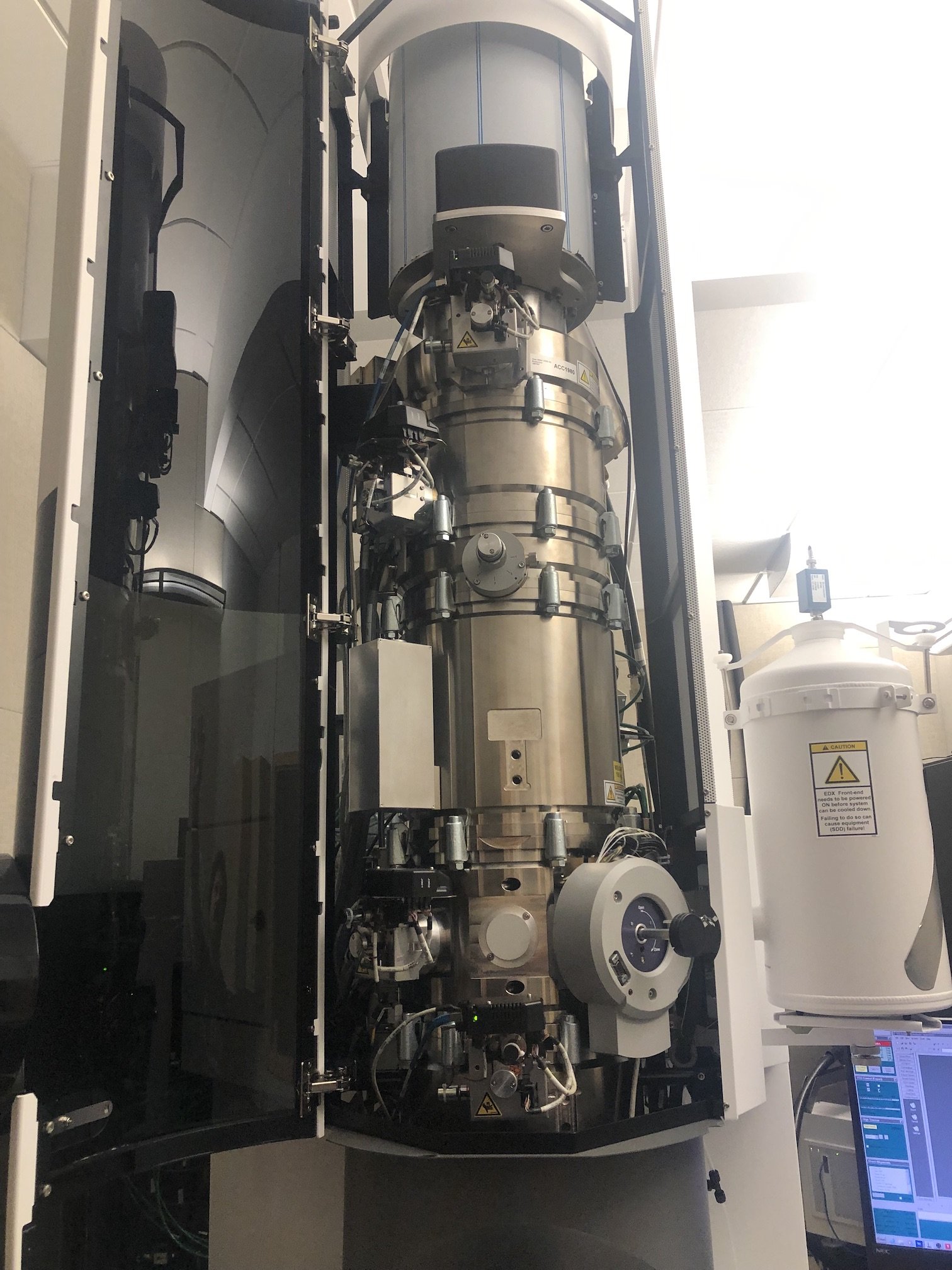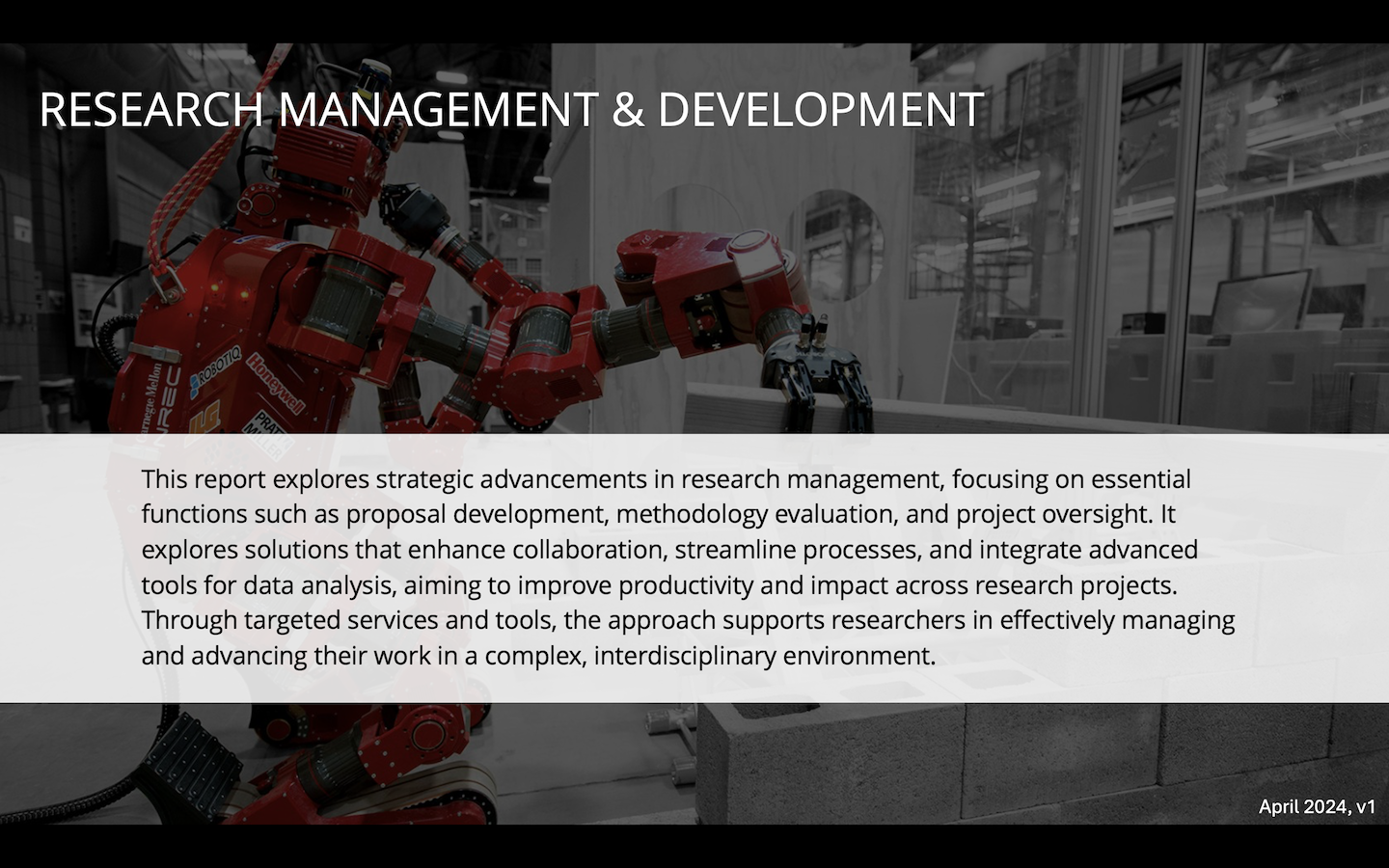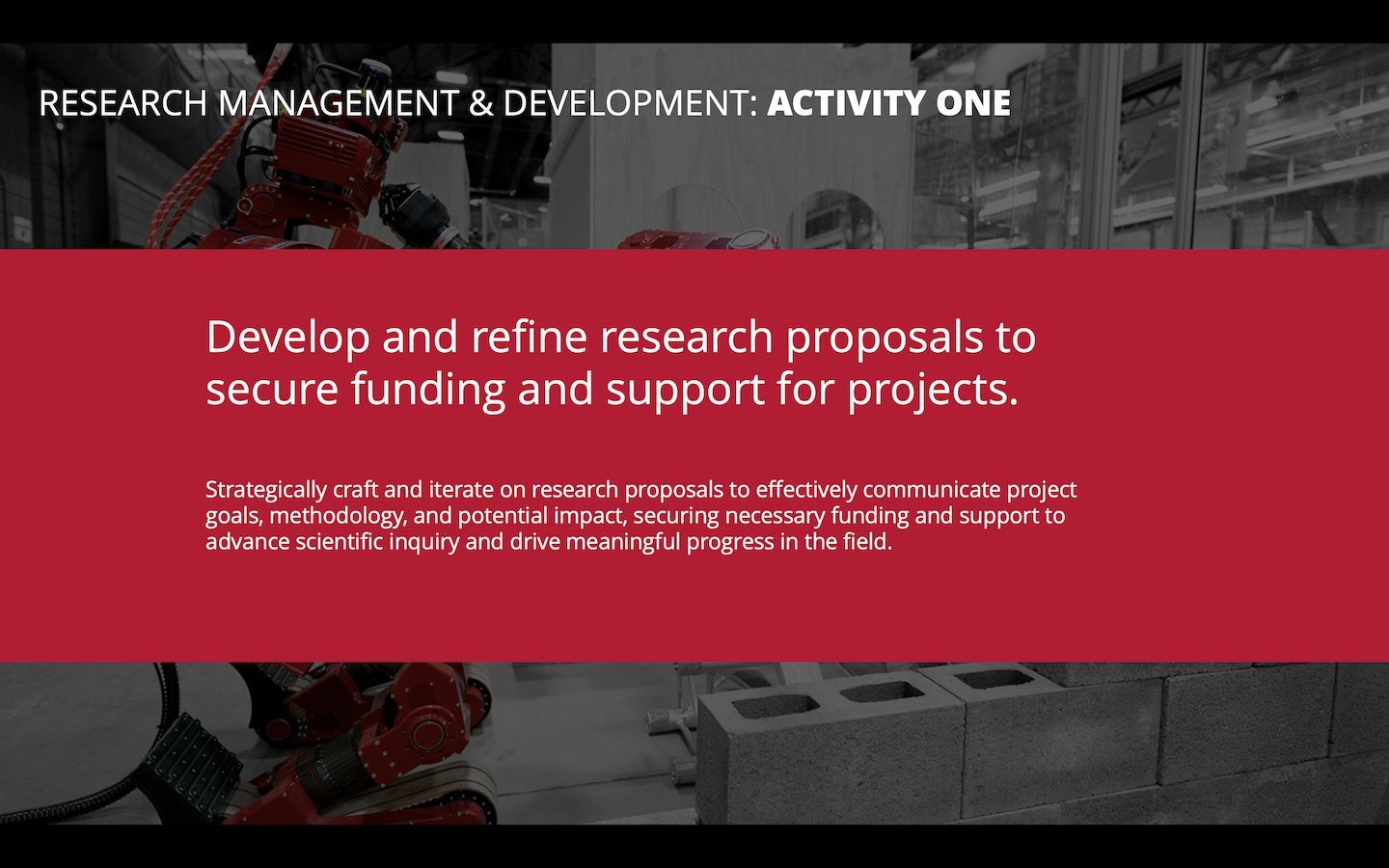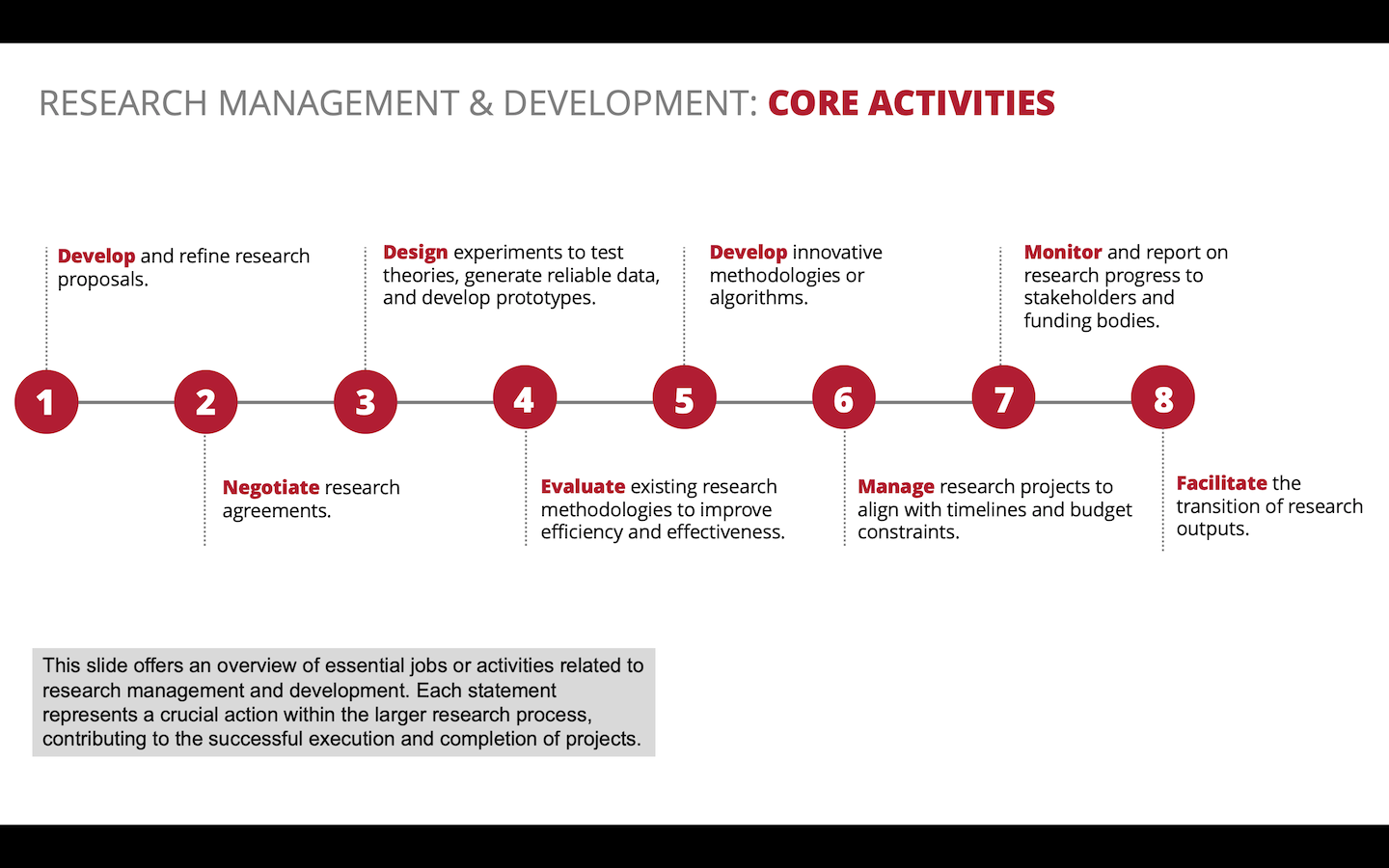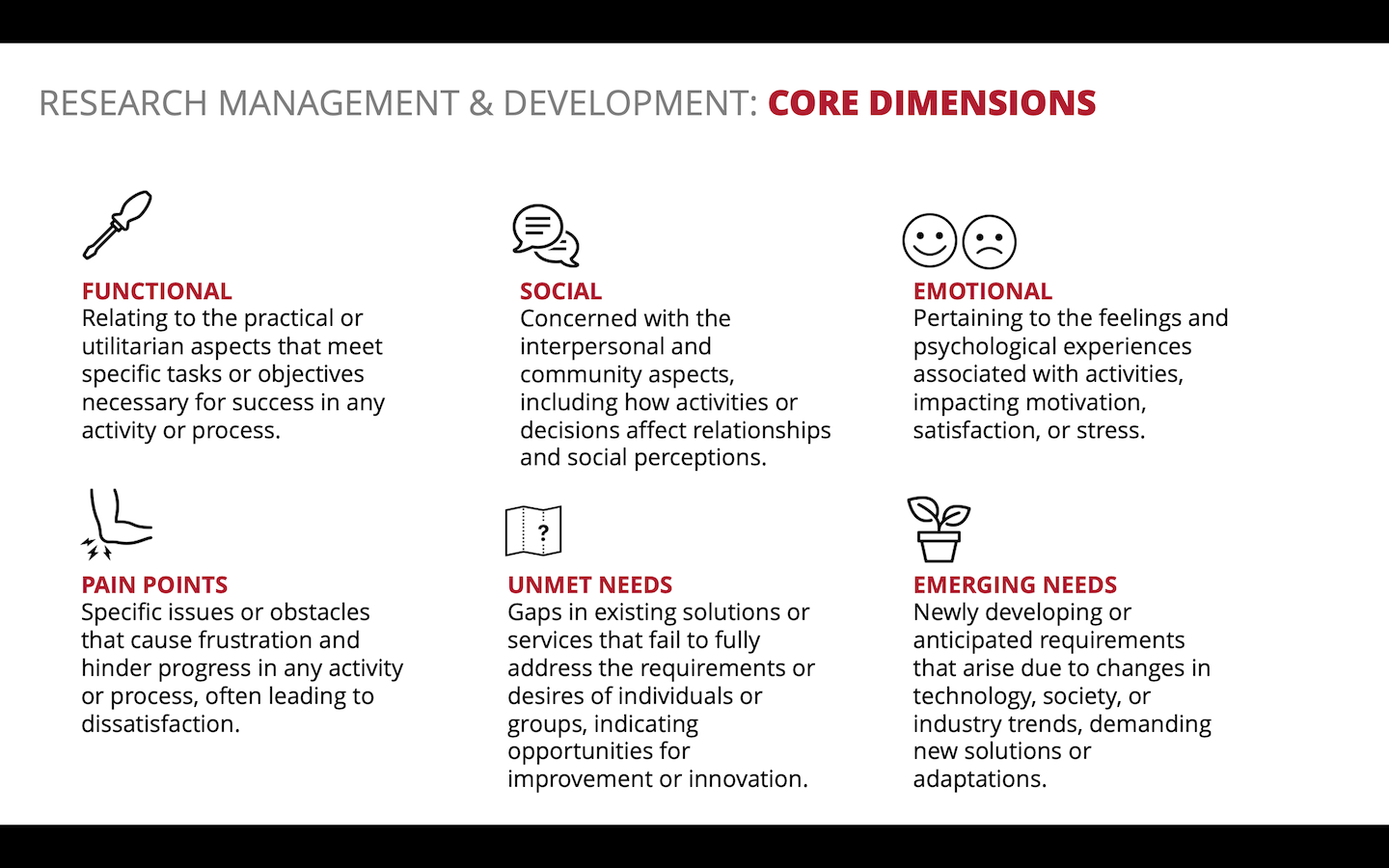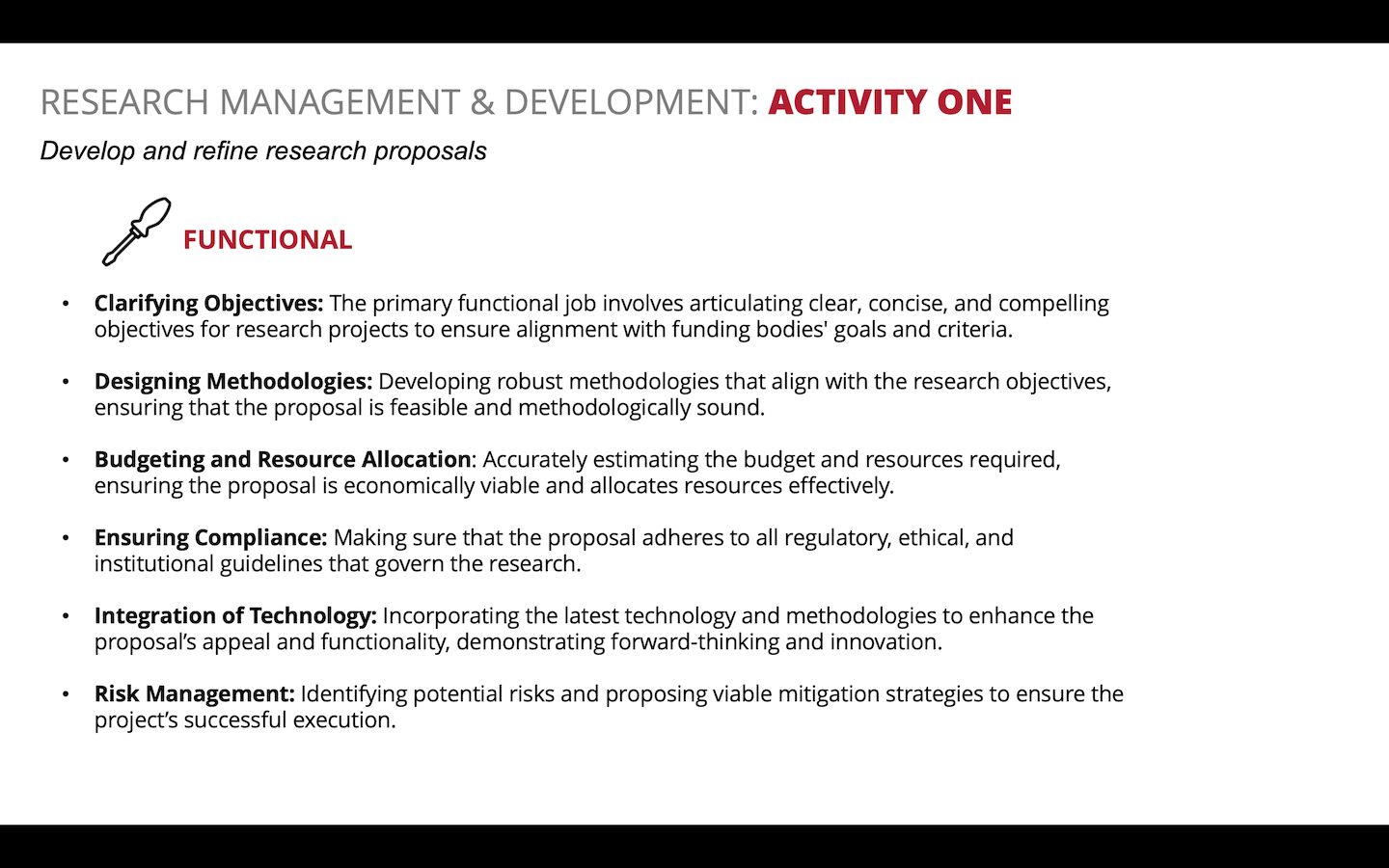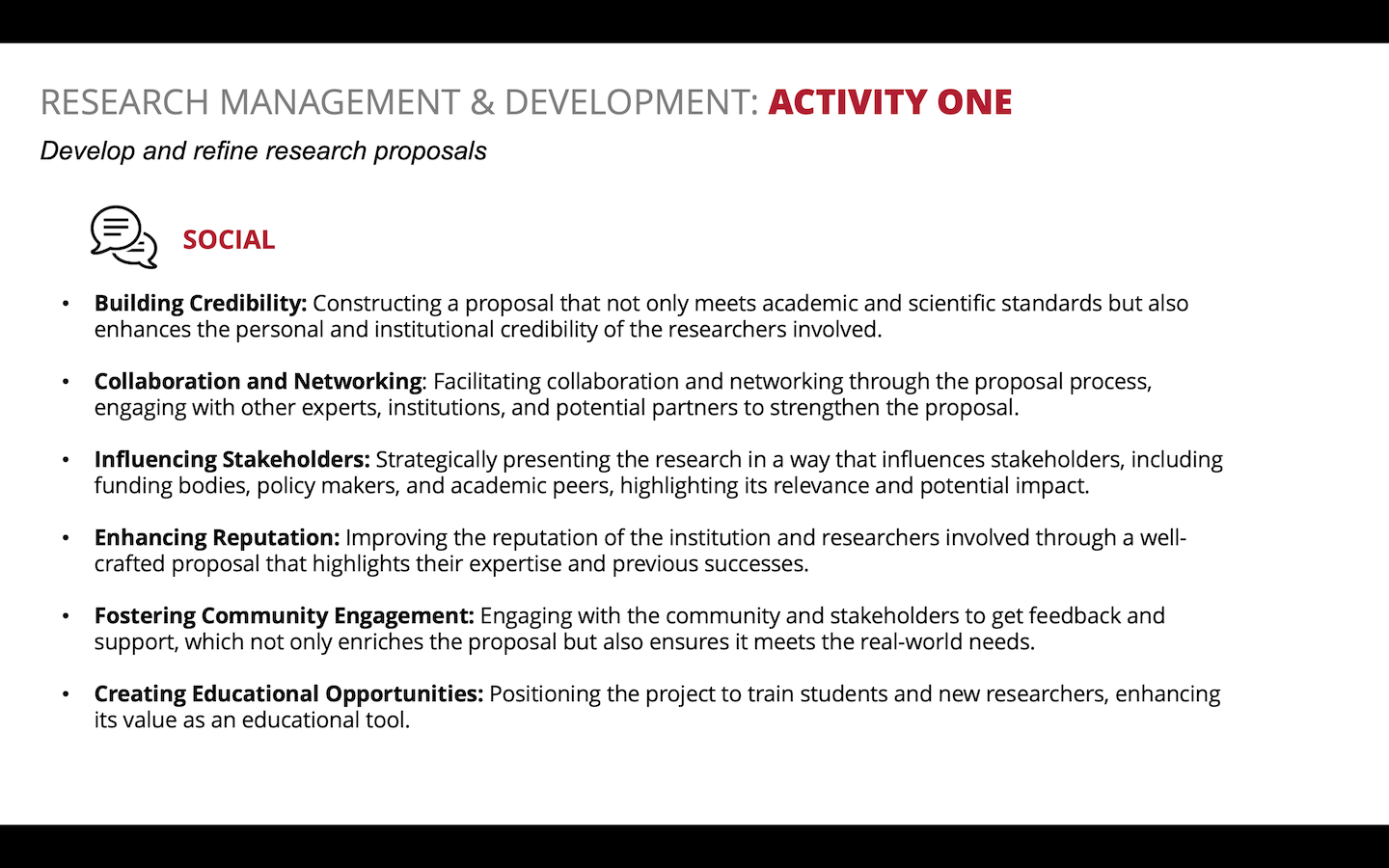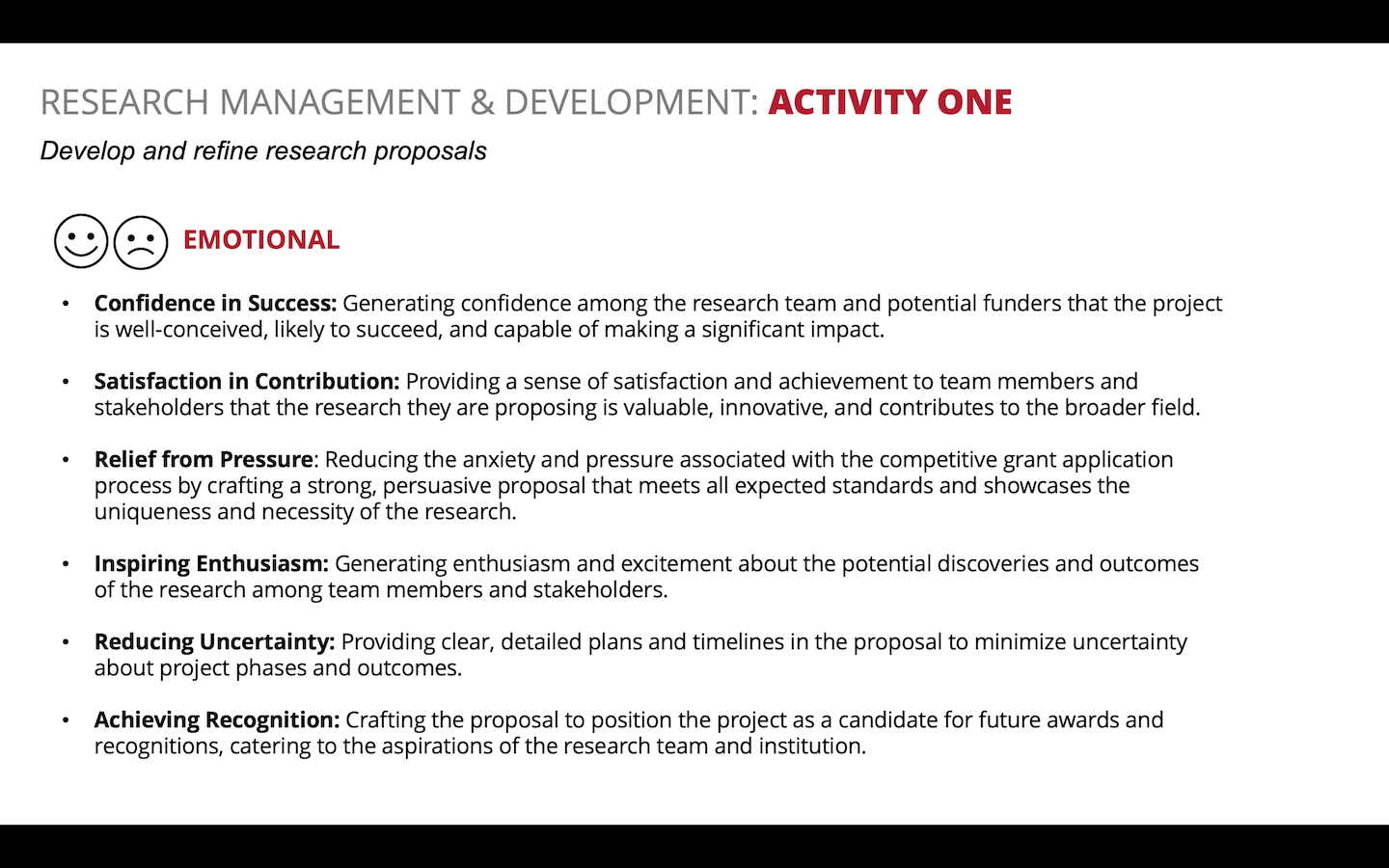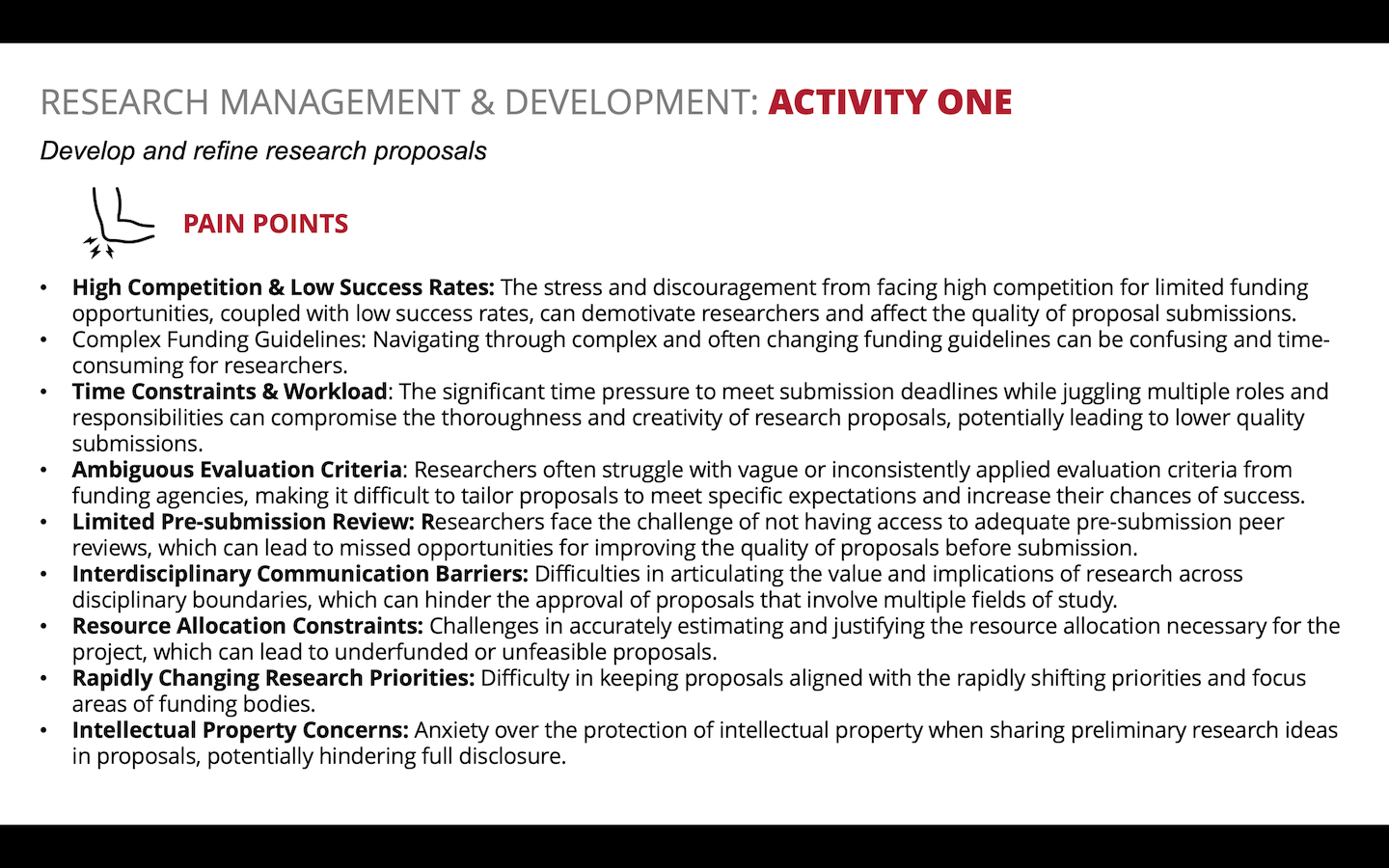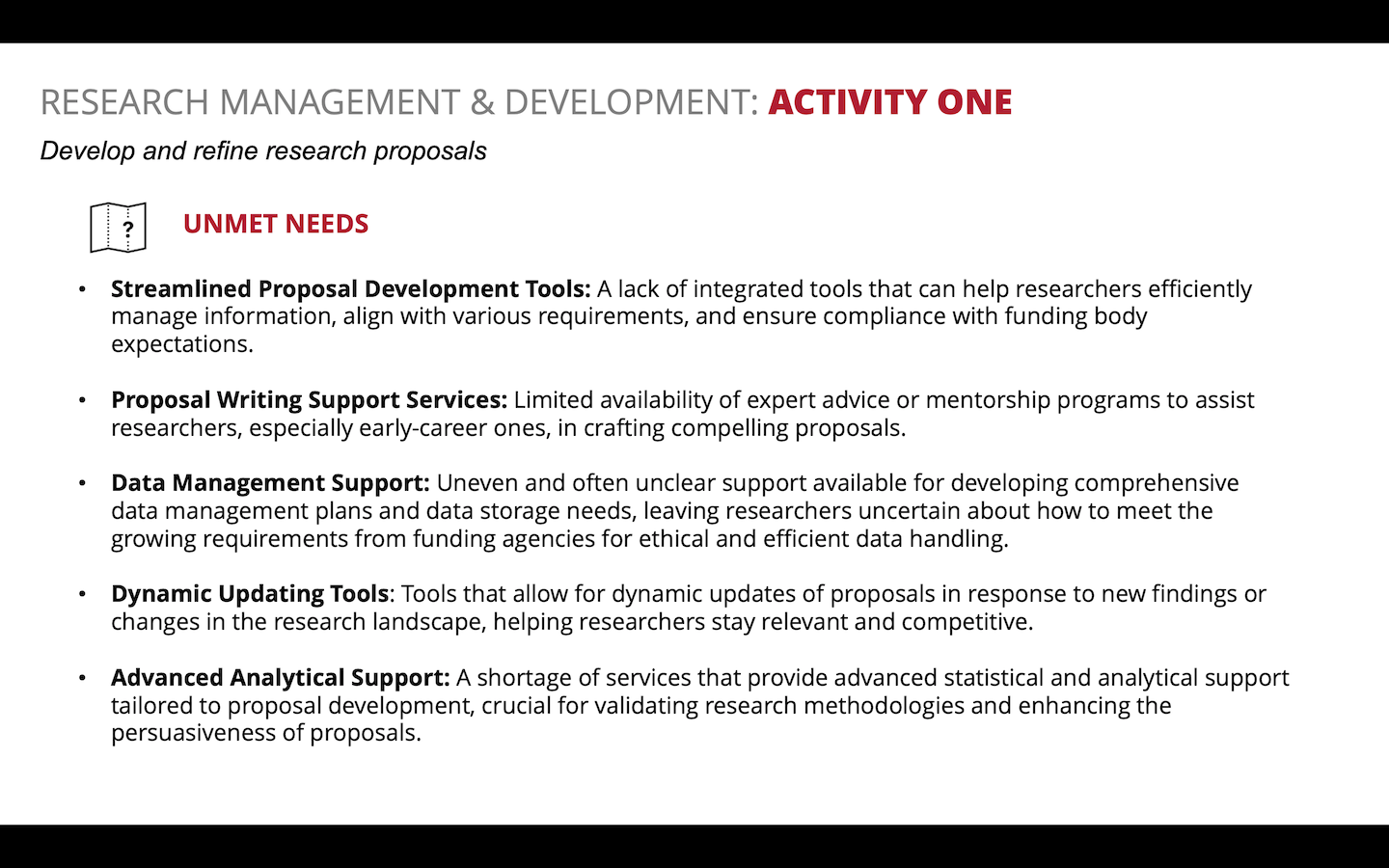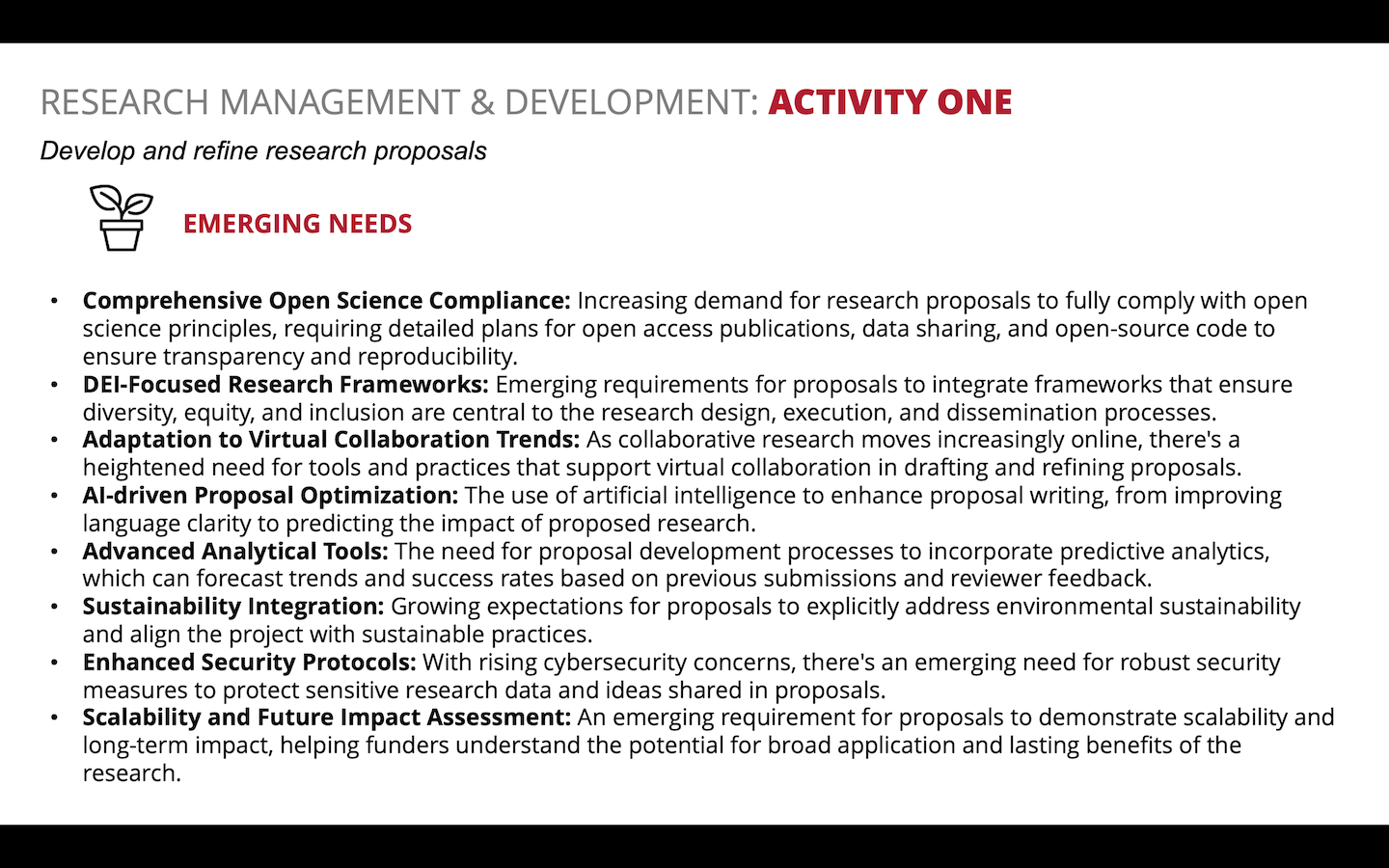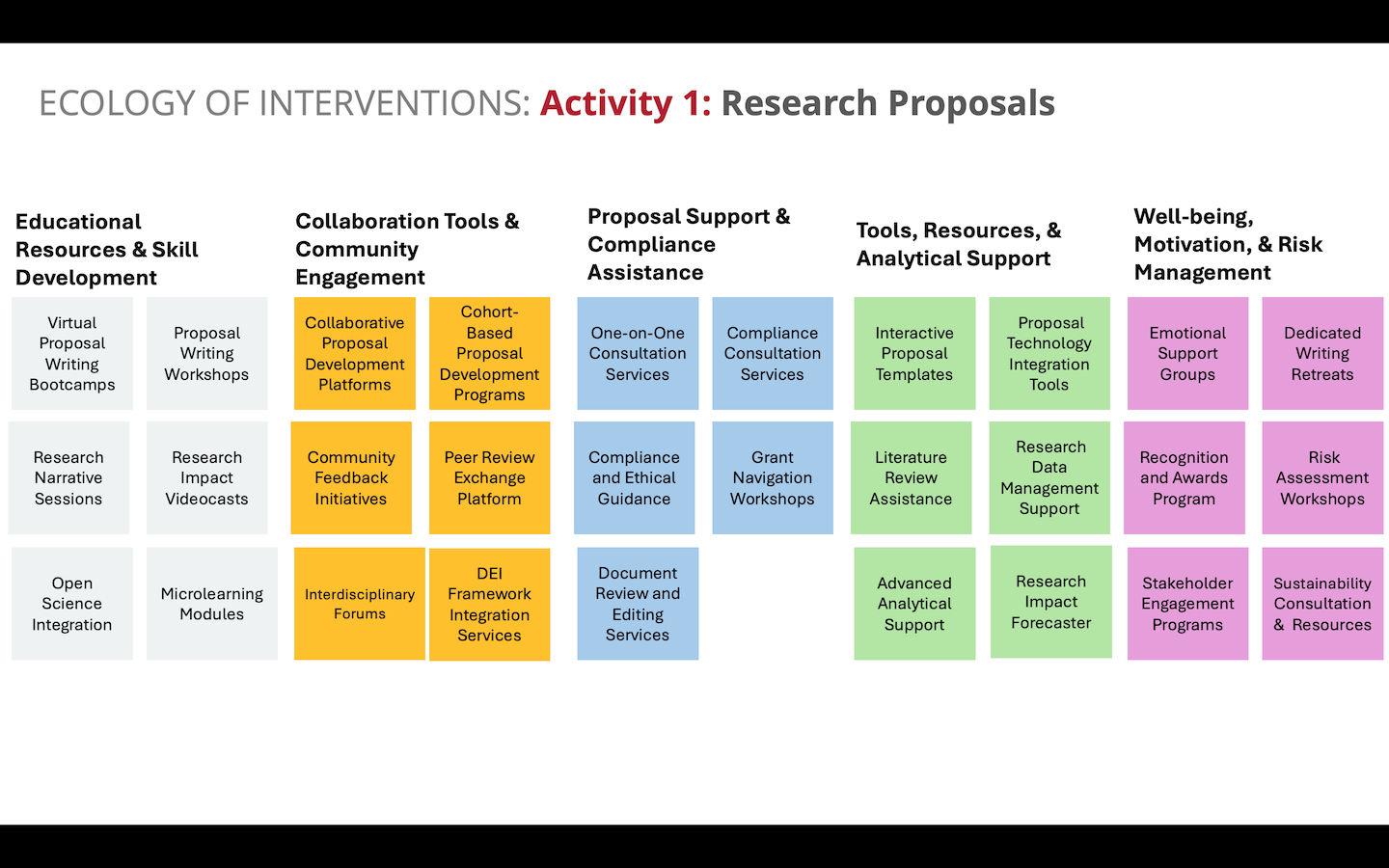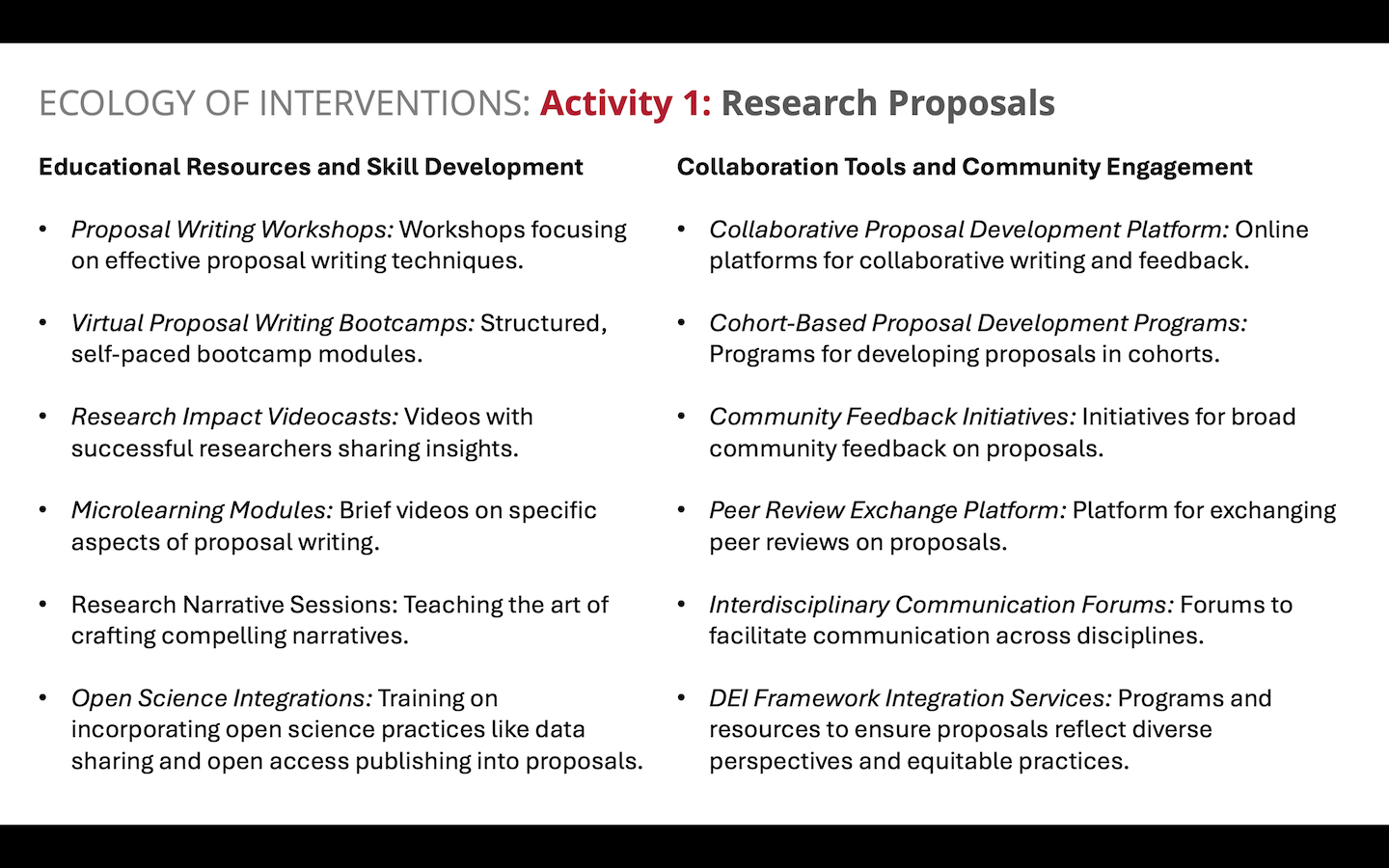Designing an Innovation Ecosystem: a transdisciplinary approach to service development
I've long been interested in how we explore, design, and innovate new service ideas. Over the years, I've incorporated elements from design thinking, empathic design, startup models, futurist tools, and more.
Using a single methodology can sometimes be challenging due to institutional nuances and the inherent nature of our organizations. A central challenge for me is what to do after gathering a vast array of ideas, information, hunches, and possibilities. How to we effectively convert all this into actional plans? Especially since most of us don’t have R&D labs like Harvard!
On one hand, there's a need to wear an entrepreneurial hat: build models, launch prototypes, execute, test, iterate. What's the implementation strategy?
And on the other hand, there's a need to wear an information & organizational design hat. How do we understand the opportunity and where it fits in? How do we sift through everything – and combine and package things? What's the philosophical strategy?
At Carnegie Mellon, I've been trying to address this with a transdisciplinary approach to explore both sides of this equation, blending together grounded theory with the "Jobs to be Done" framework/Outcome-Driven Innovation and Transition Design. Having spent many years focused on the teaching and learning aspects of librarianship, this opportunity allowed me to dive into the research end of the spectrum.
My approach
I began by engaging with researchers, immersing myself in the community to learn without a predefined list of questions or expectations. Through a series of informal conversations and tours, I aimed to better understand the wide range of work and the mechanics behind it. Themes emerged organically, revealing potential areas for engagement.
Next, I initiated another round of conversations using aspects of the Jobs To Be Done (JTBD) and Outcome-Driven Innovation frameworks, focusing on topics like knowledge management, idea development, and lab administration. These discussions blended philosophical and pragmatic practices and were particularly inspiring when exploring how researchers identify problems and frame questions.
As the semester ends, I found myself with extensive notes. I had gained real-world insights but yet I’m grappling with how make sense of it all and share them effectively. I want to avoid reducing the process to quantitative measurements or producing a static report.
Instead, I envisioned an approach more akin to an in-house incubator, developing a landscape of ideas and insights that could adapt and evolve as new information surfaces or as change drivers emerge. Transition Design proved to be the ideal framework for this purpose.
Recap:
Initial Engagement: I had conversations and tours with people across various disciplines to understand their research practices.
Focused Conversations: I conducted more targeted discussions based on the themes that emerged initially.
Organizing My Notes: I used Obsidian to organize my notes, enabling me to identify and connect threads.
Theming: I distilled these notes and threads into several categories.
Group One:
Research Management & Development
Lab/Group Management
Literature Reviews
Public Engagement
Mentorship & Training
Group Two:
Data Management & Security
Data Sharing and Publishing
Data Collection & Analysis.
Now what? I began developing a PowerPoint template to be used for each of the topics outlined above. These files can easily convert to PDFs and also serve as slide decks for various discussions, presentations, or meetings. What I needed was an adaptive narrative tool that I could customize for different audiences.
Each deck (or report) starts with the broad theme (Research Management & Development) and breaks that down into core "jobs" or activities, detailing the functional, social, and emotional aspects of these activities, alongside common pain points, as well as unmet and emerging needs. Here is an example from one of the core jobs from this category, but the full document includes this information for all eight of the central activities.
It took me a while to design the template, but I’m happy with it. Over the summer, I will finalize all the reports for each of the topics list in Group One.
However, this work has to be more than just a series of reports; it has the potential to be an evolving dialogue facilitated through Miro, a shared digital whiteboard and collaboration tool. This setup allows us to create a dynamic landscape, connecting various ideas and needs while exploring their interrelationships. It serves as an interactive space where we can design an ecology of interventions or a package of services based on identified needs and connections.
For example, in the case of literature reviews, we might identify ten potential actions or service offerings that the library could undertake. We can then discuss how these ideas are interconnected and select a few to develop and implement over the next semester, iterating based on engagement outcomes. Maybe the next year we drop one piece and add in two more from the initial list to see what’s effective for our users and what remains sustainable and feasible for us.
Here’s an example of potential interventions or service opportunities centered around writing grant proposals. This is not meant to be definitive or restrictive. We can encourage adding more ideas or insights directly to the Miro board. Consider this initial work as seed planting, meant to foster fertile conversations.
This initiative is not like a traditional strategic plan that decays once it’s written. Instead, I’m aiming to build a systematic yet flexible framework that adapts organically to our ongoing needs and activities. I’m on a quest to design a strategic (and action-driving) ecosystem that co-evolves with us over the years. It’s very much a work in progress, but I wanted to share where I’m at with all this.
I'm grateful for my Transition Design teammate Jennifer Brown, who helped me think about different ways of visualizing these ideas. Her template is amazing — Thanks Jen!

